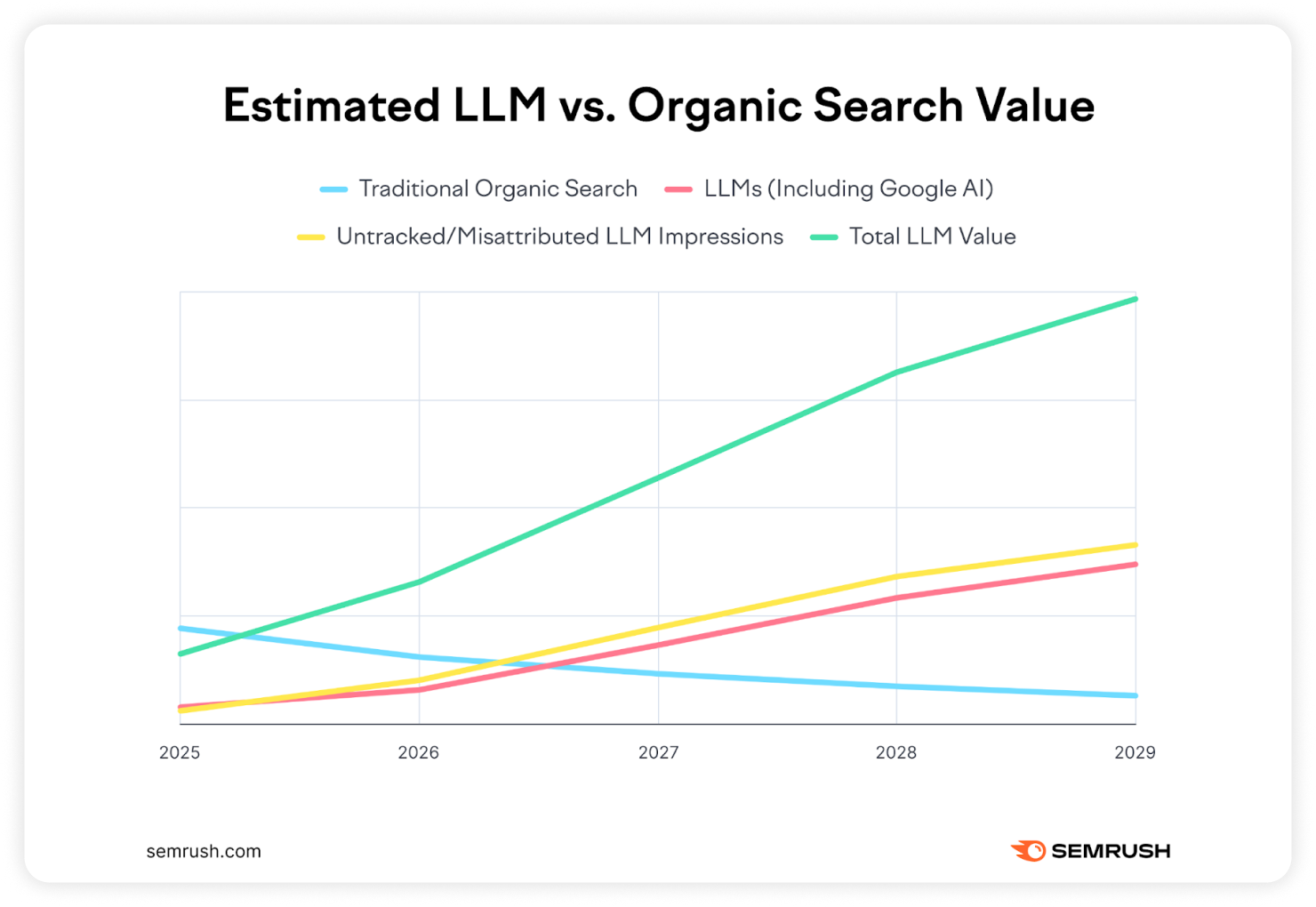Why a healthy site is central to AI search performance
AI search is redefining visibility. Proper site health ensures your brand is ready to be discovered, understood, and recommended by AI systems.
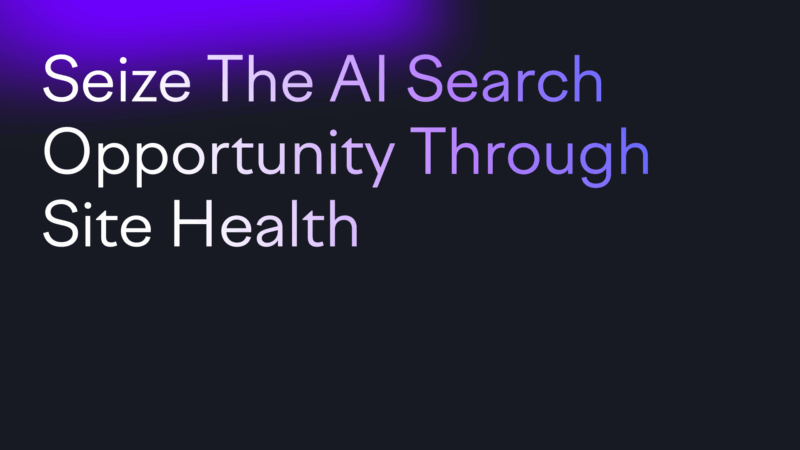
The rise of AI-powered search has profoundly changed how people learn, discover, and decide. For brands, maintaining site health now extends far beyond traditional SEO best practices, becoming a critical factor in how AI systems discover, understand, and portray your content.
That’s why ensuring your website is robust and AI-ready is paramount. Let’s explore some strategies for ensuring your brand not only survives but thrives in the evolving AI search era.
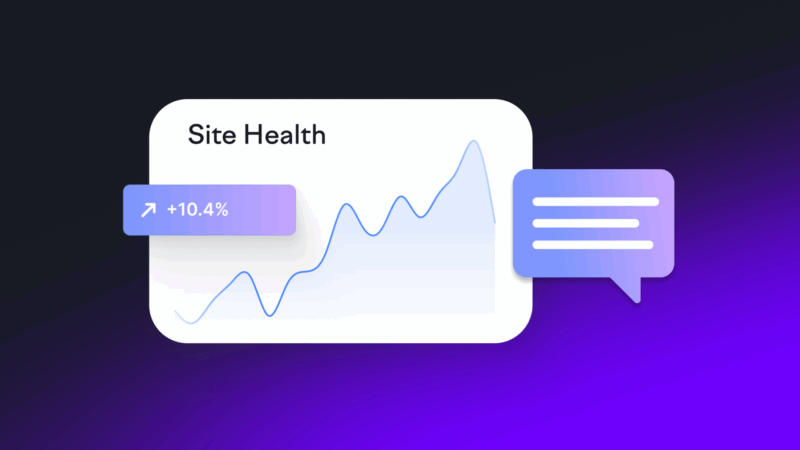
The new frontier for brand visibility
Millions are now discovering brands through AI search, with projects indicating it could even surpass traditional search traffic by early 2028.
Conversational responses are synthesized from information across internal training data and external web sources. Often, these responses can provide a complete answer without providing a click to a website.
This shift marks a new era of zero-click searches that are impacting organic traffic for many websites. Securing direct brand visibility is incredibly critical in this environment.
If your brand isn’t appearing, then you might as well be invisible.
Despite dropping traffic, AI search brings opportunity
After researching via multiple prompts (and potentially channels), AI search visitors are often more informed and closer to a purchase decision by the time they reach your site. In fact, they may be 4.4 times more likely to convert than traditional organic visitors.
This combination of more limited but higher potential traffic makes optimizing for AI search an essential layer in modern marketing strategies.
Why site health is central to AI crawlability and visibility
For AI systems to use your content, they must first be able to access and process it.
Unlike traditional search engine crawlers that can execute JavaScript and parse complex page structures, AI crawlers often arrive at a URL, grab the raw HTML, and make instant decisions about processing the content.
If your site isn’t “AI-ready,” parts of it may be entirely skipped, leading to lost visibility.
Traditional audits or monitoring, focused on Google’s crawlers and user experience (Core Web Vitals), can often miss the mark for AI.
This new generation of crawlers prioritizes how quickly and cleanly they can extract meaningful information directly from your page source.
Here are five steps to ensure your site is AI crawlable:
- Ensure AI systems can retrieve and read your HTML without needing to render JavaScript. Implement server-side rendering (SSR) for all critical content to ensure core information is available in the initial HTML response. Test your pages with JavaScript disabled to see what AI bots actually receive.
- Your key content must be understandable without executing scripts. Use semantic HTML5 elements (e.g., <article>, <section>, <header>) and a proper heading hierarchy (H1-H6). For multimedia content, include descriptive file names, clear alt text, and full-sentence captions for images to aid AI comprehension. Video content should have transcripts.
- Leverage schema, semantic tags, and clear hierarchies. Implement structured data like FAQ schema for common questions and Product, Article, or Organization schema where suitable. Clear content layers with definition boxes and bulleted answers also aid AI parsing.
- Streamline your site. Minimize JavaScript dependencies for content pages, compress assets, and optimize images. Clean up unnecessary tracking scripts and third-party integrations. Ensure your site loads quickly, ideally under 2 seconds, as faster sites are more easily parsable by AI.
- Verify that AI crawlers like GPTBot, CCBot, Claude-Web, and PerplexityBot aren’t blocked in your robots.txt file. Consider incorporating llms.txt, which is a potential future standard for informing LLMs about content access.
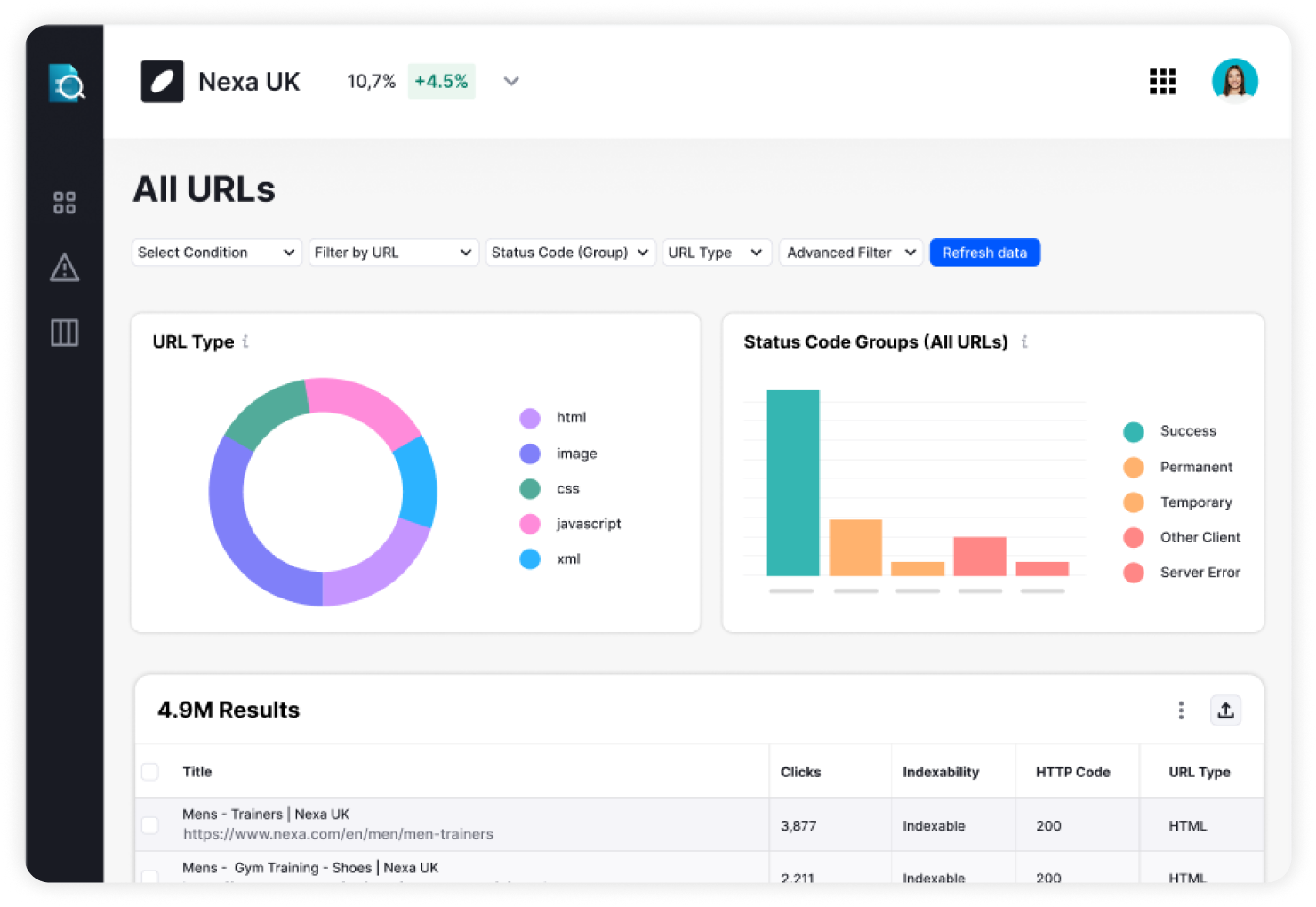
Ensure a technically robust website that’s ready for AI search and beyond with Site Intelligence from Semrush Enterprise.
How to structure content for human and AI understanding
Beyond technical accessibility, your content also needs to adapt. Optimizing for rankings and traffic isn’t the full picture: it now also needs to be quotable and trusted by AI systems.
Here are some core principles to follow:
Use natural language and direct answers
Ensure that you use clear, natural language and simple sentence structures, especially when discussing key information like your brand, products, or features.
Consider question-based headings where appropriate (e.g., H2 or H3) and provide a complete, direct answer in the opening paragraph of each section. This is fundamental for generative engine optimization.
Leverage semantic chunking and machine-readable formats
AI models prefer content structured in machine-readable formats such as FAQs, bullet points, step-by-step guides, and tables. Organize your content into short, clearly labeled sections focused on a single idea, as this makes it easier for AI to parse and extract relevant snippets.
Quote statistics and expert content as proof
Prioritize concrete, data-backed statistics and ensure proper attribution. Include expert quotes, case study results, and concrete examples that AI systems can easily extract and cite. Specific numbers, timeframes, and measurable outcomes give AI systems tangible data to reference.
Strive for passage-level clarity
Focus each passage around a specific topic or subtopic, ensuring key passages and sentences make sense in isolation, avoiding external dependencies or asides. LLMs often use passage-level retrieval, looking for relevant segments of text.
Ensure content is updated and follows accessibility guidelines
LLMs seem to favor recent content, so update yours frequently to refresh stats and examples, and add clear “last updated” timestamps.
Check that visuals have descriptive alt text and full-sentence captions. Consider adding OpenGraph tags to social media content, as this can also simplify AI interpretation.
Building authority and trust with your website
AI systems prioritize useful, high-quality content from authoritative sources. While techniques like LLM seeding help position your brand as an authoritative one more widely, we’ll be focusing on your own website here.
Original research and thought leadership
Publish research-driven insights, data-backed findings, and expert commentary that AI and industry leaders are likely to cite. Content with specific, sourced statistics gets referenced more often.
Author credentials and attribution
Add author bios that highlight expertise and experience in the field. AI systems may look for authority signals when deciding which sources to cite. Always cite authoritative sources to back up your claims, reinforcing credibility.
Entity-first content architecture
Try to structure your content around clear entities (people, places, products, concepts), as LLMs navigate via entity relationships, not just page-to-page links. This helps to reinforce the connections between and consistent citing of content.
Measuring your AI search success
Your website is completely accessible by AI crawlers, with key information clearly parsable in HTML. Your content is structured. Now, how do you measure success?
Traditional SEO metrics like rankings and organic traffic won’t tell the full story for AI search, as so many queries end in zero-click interactions.
Focus on visibility and perception more broadly rather than clicks. Especially as visibility in AI search can come via mentions or citations.
High organic rankings may lead to more citations, but not necessarily more mentions. In fact, LLMs often cite pages that rank lower in traditional organic search. Online mentions and reviews are often more indicative of AI search performance than traditional Google organic visibility.
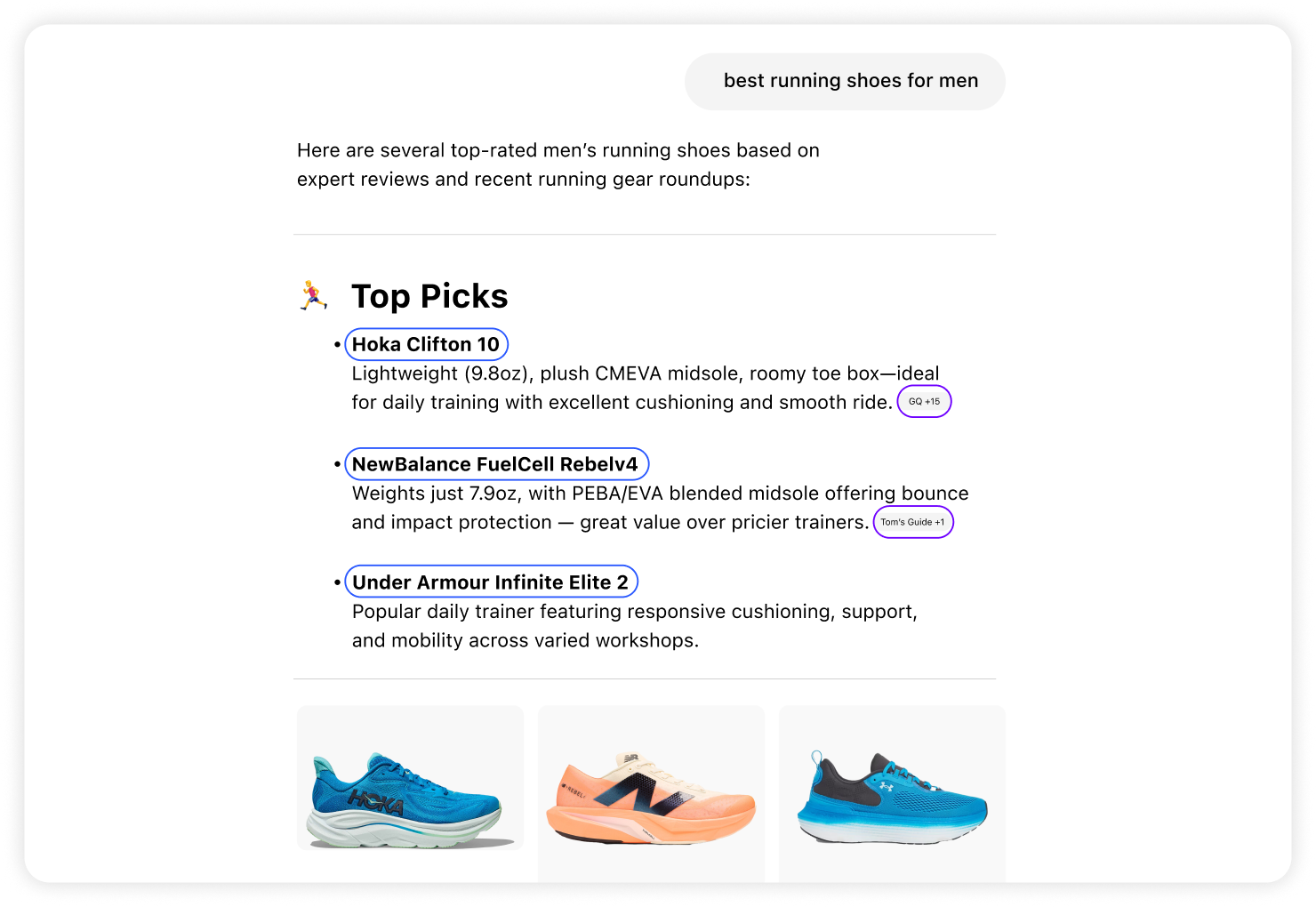
AI search results offer both mentions (blue) and citations/sources (purple) as opportunities for visibility.
Brand mentions, sentiment, and sources
Monitor where and how your brand appears across AI search platforms. Define key prompts and monitor if, where, and how you’re showing up in response to these.
Note the sentiment and context that surrounds you also. Are you being defined as unaffordable when you target a budget-conscious consumer? Or perhaps there are service concerns being placed alongside you.
This includes tracking sentiment shifts (positive, neutral, negative).
Branded traffic and direct visits
A rise in branded searches and direct traffic, especially coupled with declining organic clicks, can indicate growing LLM influence, as users may discover your brand via AI and then search directly later.
Tip: Use Semrush Enterprise AI Optimization. Designed for brands to monitor visibility, sentiment, and competitive share across all leading AI search platforms, while providing targeting optimization and competitive opportunities.
The future of search is undeniably AI-driven
Brands that adapt now will lead the next era of online visibility. By ensuring AI crawlability, refining content, and reinforcing authority, you can ensure your brand remains top of mind for both users and AI models.
The window for proactive site health optimization for AI is closing; those who move now will define the new rules of search.
Discover Site Intelligence by Semrush Enterprise for a future-ready site that’s primed for search engines, AI, and whatever comes next.
Opinions expressed in this article are those of the sponsor. MarTech neither confirms nor disputes any of the conclusions presented above.
Related stories
New on MarTech
